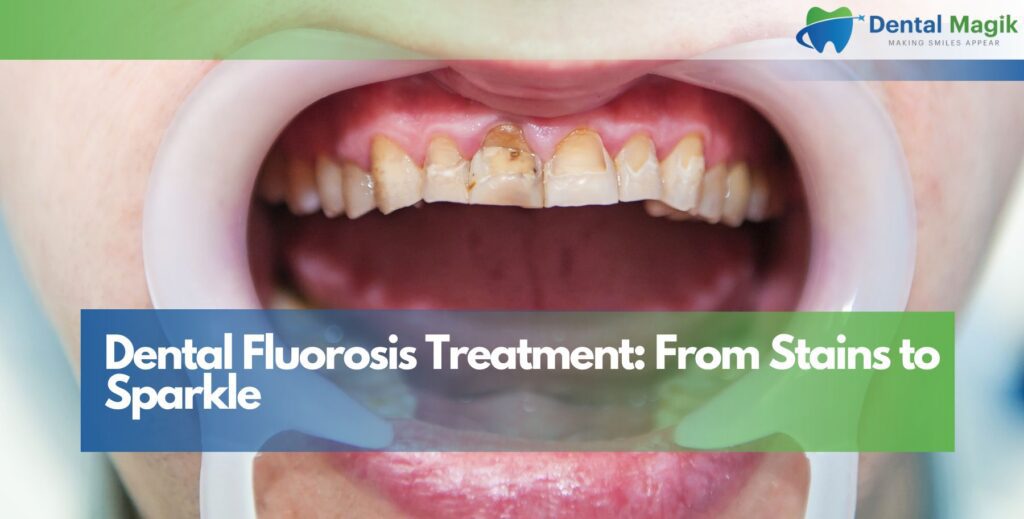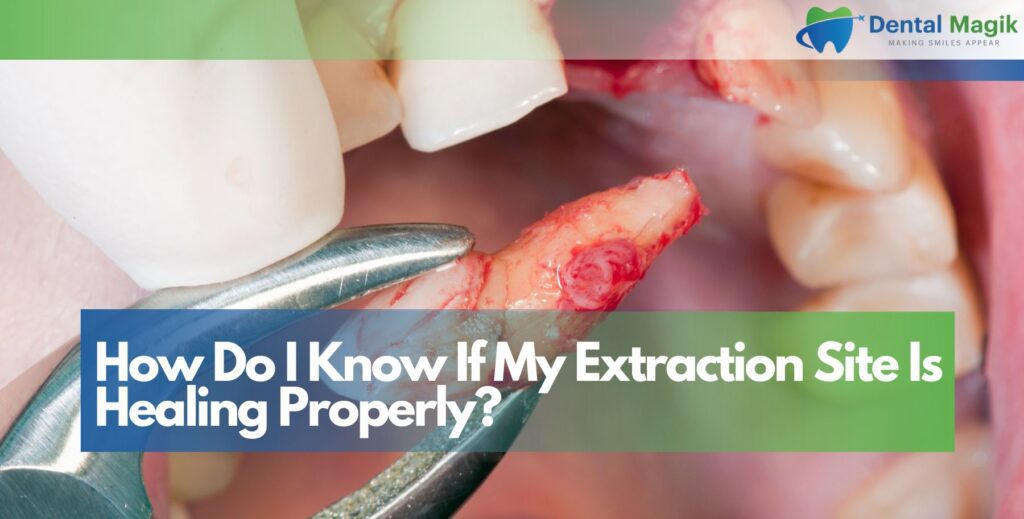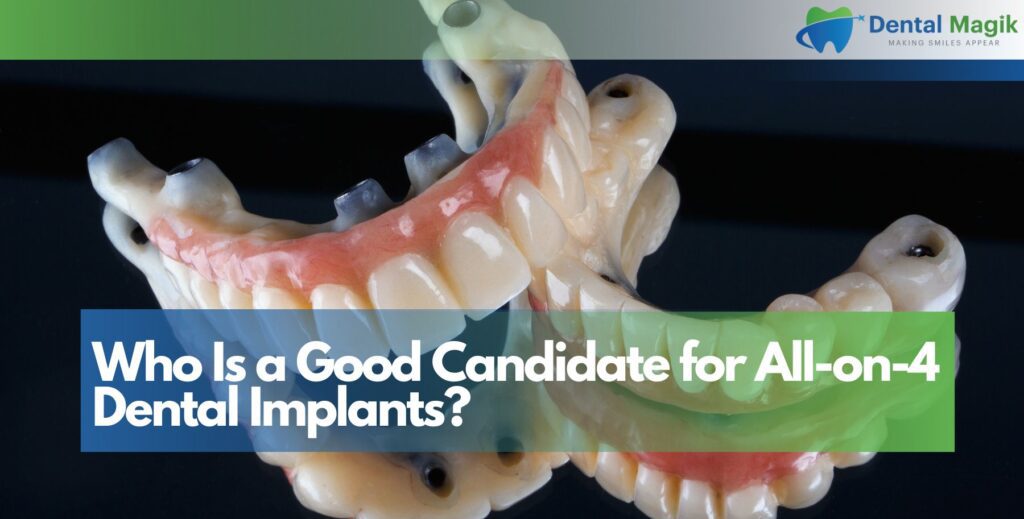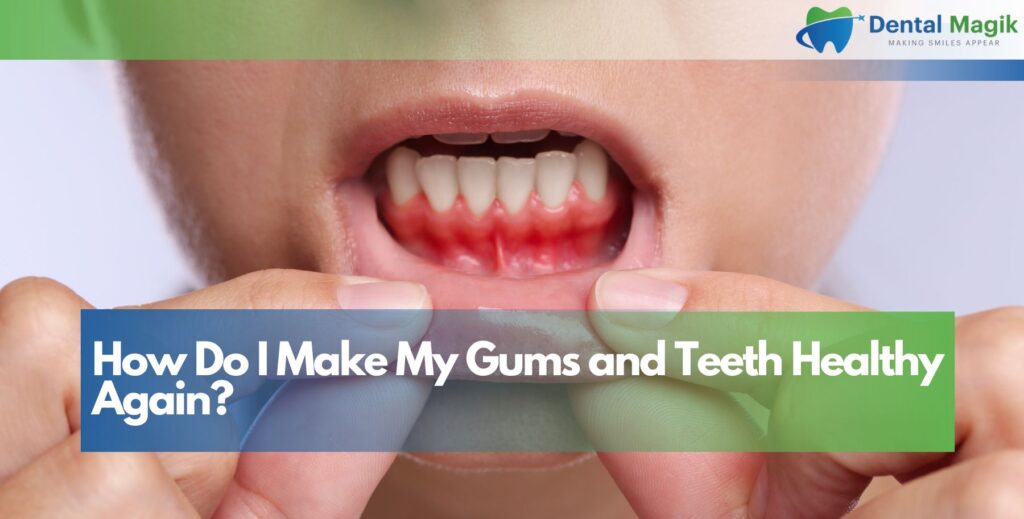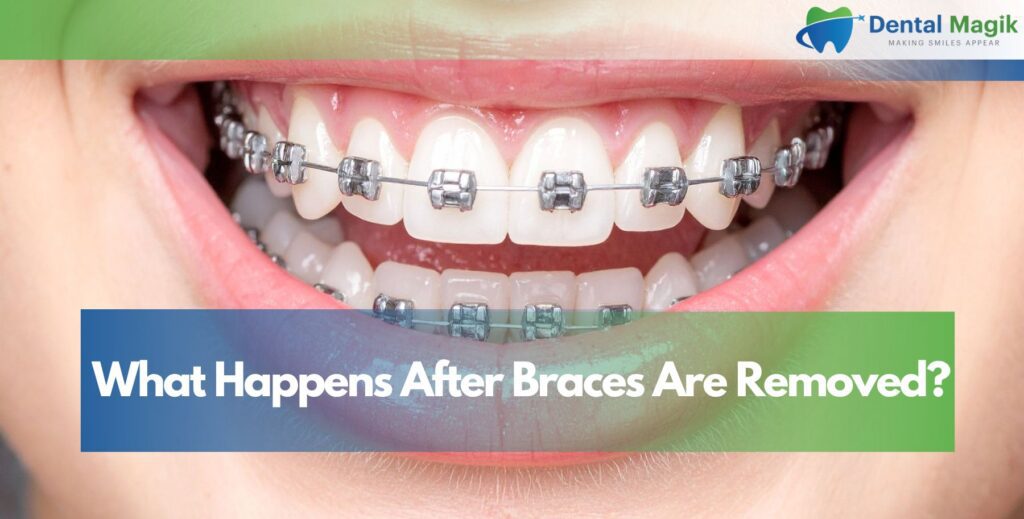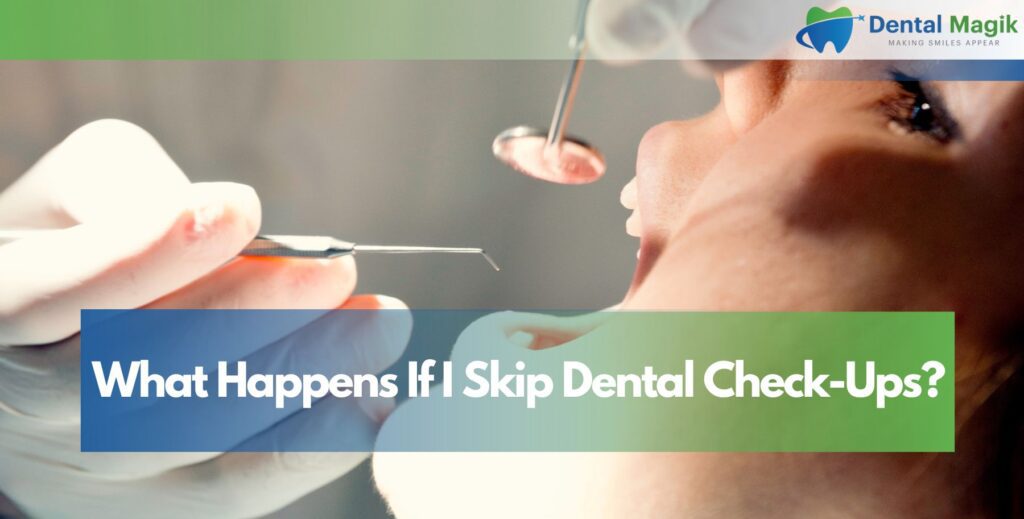For many U.S. residents—including those in East Brunswick, NJ—a bright smile is more than just a cosmetic goal; it’s a reflection of health and confidence. One common condition that affects the appearance of teeth is dental fluorosis. While usually harmless in terms of oral health, it often leaves visible white, brown, or chalky stains on the enamel, leading patients to seek solutions for a flawless smile.
This comprehensive guide explores everything you need to know about dental fluorosis treatment in the U.S., including its causes, symptoms, treatment options, and the latest cosmetic solutions that restore teeth “from stains to sparkle.”
What is Dental Fluorosis?
Dental fluorosis is a condition caused by excessive fluoride intake during tooth development, typically in childhood (ages 1–8). Fluoride strengthens teeth and prevents cavities, but too much of it can affect how enamel forms, leaving behind visible marks.
Key characteristics of dental fluorosis:
- White streaks or cloudy patches on teeth.
- Brown, yellow, or gray stains in moderate to severe cases.
- Pitting or roughness in severe fluorosis.
- Usually affects front teeth, making it a cosmetic concern.
Causes of Dental Fluorosis in the U.S.
Dental fluorosis develops when children consume too much fluoride during tooth development. This may happen from swallowing toothpaste, drinking water with high fluoride levels, or combining multiple fluoride sources like supplements, rinses, and foods. Monitoring fluoride intake is key to preventing fluorosis in kids across the U.S.
Excessive Fluoride in Drinking Water
In some U.S. regions, naturally high fluoride levels in water cause fluorosis, even though public water systems regulate fluoride carefully.
Overuse of Fluoride Toothpaste in Children
Kids often swallow toothpaste instead of spitting it out, leading to excess fluoride intake.
Fluoride Supplements
When fluoride tablets or drops are given in areas where water already contains fluoride, overexposure can occur.
Multiple Fluoride Sources
Combination of toothpaste, water, mouth rinses, and supplements increases fluoride levels.
For parents in East Brunswick, NJ, where fluoridated water is common, careful monitoring of children’s oral hygiene is essential to prevent fluorosis.
Symptoms of Dental Fluorosis
The signs of dental fluorosis range from faint white streaks in mild cases to noticeable brown, gray, or chalky stains in severe cases. Some patients may also experience rough enamel or pitting. While usually harmless to health, these visible symptoms often affect confidence and cosmetic appearance.
Mild Fluorosis
- White streaks or faint lines.
- Usually noticeable only under bright light.
Moderate Fluorosis
- More visible white spots and patches.
- Minor surface irregularities.
Severe Fluorosis
- Brown or gray stains.
- Pitting, rough enamel, and structural defects.
Although it doesn’t usually affect tooth strength, dental fluorosis stains can impact confidence and aesthetics, especially for teenagers and adults.
Why Dental Fluorosis Treatment in East Brunswick, NJ Matters
While fluorosis isn’t a disease and doesn’t cause cavities, people seek treatment because:
- Appearance matters: Visible stains affect self-esteem and social interactions.
- Professional opportunities: A bright smile helps with confidence in careers.
- Cosmetic concerns in children: Parents want solutions for their kids’ visible stains.
- Advances in cosmetic dentistry: Modern treatments now make it easier than ever to restore a natural smile.
Professional Dental Fluorosis Treatment Options in the U.S.
Dentists offer several cosmetic dentistry treatments to remove or cover fluorosis stains. The choice depends on severity.
Teeth Whitening for Fluorosis Stains
Professional teeth whitening treatments are often the first option for mild cases.
- In-office whitening uses powerful bleaching agents to lighten the stains.
- Take-home whitening kits provided by dentists deliver gradual results.
Note: Whitening alone may not fully remove fluorosis stains, especially brown ones, but it can blend discoloration for a uniform appearance.
Microabrasion for Dental Fluorosis
Enamel microabrasion is a minimally invasive procedure where the dentist removes a very thin layer of enamel, reducing or eliminating white spots.
- Ideal for mild-to-moderate fluorosis.
- Often combined with whitening for best results.
- Provides permanent improvement.
Dental Bonding for Fluorosis
For moderate stains, cosmetic dental bonding works by applying a tooth-colored composite resin over affected areas.
- Covers brown or white spots effectively.
- Affordable and quick (usually one visit).
- Lasts 5–10 years with good care.
Porcelain Veneers for Severe Fluorosis
In severe cases, dental veneers offer the best results. Thin porcelain shells cover the front of teeth, hiding stains and improving shape.
- Long-lasting (10–20 years).
- Completely transforms the smile.
- Resistant to staining.
For patients in East Brunswick, NJ, veneers are a popular choice when fluorosis has caused deep, noticeable staining.
Crowns for Extreme Cases
When fluorosis causes structural defects or pitting, dental crowns restore both function and appearance.
- Covers the entire tooth.
- Strengthens weak enamel.
- More invasive but effective for severe damage.
At-Home Remedies vs. Professional Dental Fluorosis Treatment
While some online articles suggest natural methods, only professional treatments truly improve fluorosis.
- Home remedies like charcoal, baking soda, or lemon juice are ineffective and may damage enamel.
- Professional cosmetic dentistry in the U.S. provides safe, lasting, and natural-looking results.
Step-by-Step: What to Expect During Fluorosis Treatment
- Consultation & Diagnosis – The dentist examines your teeth and recommends the right treatment.
- Preparation – Cleaning and polishing to remove surface stains.
- Treatment – Depending on severity, whitening, microabrasion, bonding, veneers, or crowns are performed.
- Finishing – Teeth are polished and reshaped for a natural look.
- Aftercare Instructions – Patients are guided on how to maintain results.
Preventing Dental Fluorosis in U.S. Children
Parents can reduce the risk of fluorosis by:
- Monitoring children while brushing.
- Using a pea-sized amount of fluoride toothpaste.
- Ensuring kids spit, not swallow toothpaste.
- Avoiding unnecessary fluoride supplements if water is already fluoridated.
- Consulting a pediatric dentist in East Brunswick for guidance.
Long-Term Outlook After Fluorosis Treatment
With the right treatment, patients regain confidence and maintain healthy, sparkling smiles. Regular checkups and good oral hygiene keep results lasting for years.
Cost of Dental Fluorosis Treatment in the U.S. and East Brunswick, NJ
Treatment costs vary depending on severity and the chosen procedure:
- Whitening: $300–$800 per session.
- Microabrasion: $200–$500 per tooth.
- Bonding: $100–$600 per tooth.
- Veneers: $900–$2,500 per tooth.
- Crowns: $1,000–$3,500 per tooth.
Insurance rarely covers cosmetic treatments, but financing options are often available in East Brunswick dental practices.
Caring for Your Smile After Fluorosis Treatment
- Brush twice daily with fluoride toothpaste.
- Floss daily to prevent plaque buildup.
- Limit staining foods (coffee, tea, red wine).
- Schedule regular checkups every six months.
- Avoid habits like nail-biting or chewing ice to protect restorations.
Conclusion
Dental fluorosis treatment has advanced dramatically, offering solutions for every level of staining—from simple whitening and microabrasion to veneers and crowns. For residents of East Brunswick, NJ, modern dentistry provides safe, affordable, and effective ways to restore confidence and beauty to your smile. If you’re struggling with fluorosis, consult a trusted Dentist in East Brunswick, NJ for personalized care and lasting results.
FAQs
Can dental fluorosis be completely removed?
Mild cases can be improved with whitening or microabrasion, while severe cases may require veneers or crowns for full coverage.
Is dental fluorosis harmful to health?
No, fluorosis mainly affects appearance. Teeth remain strong but may have visible stains or roughness.
How long does fluorosis treatment last?
Bonding lasts 5–10 years, veneers 10–20 years, and crowns even longer with proper care.
Are treatments painful?
Most treatments are painless. Some may require mild anesthesia if structural work is involved.
Can children with fluorosis be treated?
Yes, dentists can provide safe cosmetic options, though some treatments are best delayed until adulthood.
Does insurance cover dental fluorosis treatment?
Most insurance plans don’t cover cosmetic procedures, but some may partially cover restorative treatments like crowns.
Can fluorosis be prevented?
Yes, by monitoring children’s fluoride intake and ensuring proper brushing habits.
How do I know which treatment is right for me?
A consultation with an experienced cosmetic dentist in East Brunswick will determine the most effective treatment for your specific case.

